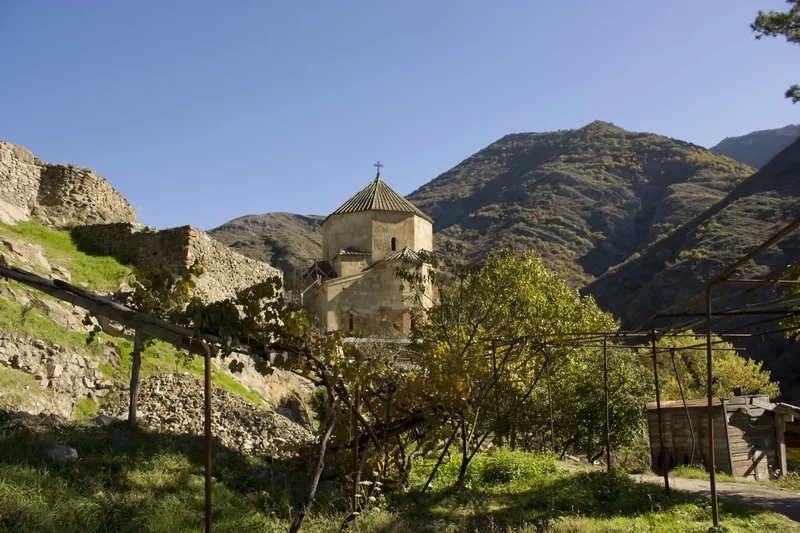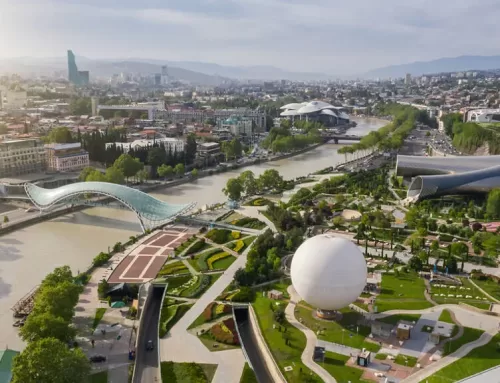Archaeological museum in Dmanisi
Dmanisi open-air archaeological museum is located in Kvemo Kartli region and is included in our one day tour to Bolnisi and Dmanisi.
Discoveries of Homo remains, including several crania and mandibles with numerous post-cranial remains all dated to ca. 1.77 million years, have reopened the debate about the first human dispersal from Africa. Before the Dmanisi discoveries, it was thought that the first migrants should have been quite tall, big-brained, and having well-developed stone tools; otherwise, they would not be able to survive out of Africa. However, the Dmanisi hominins contradicted these assumptions: they were physically small, and had small brains. Also, these pioneers were armed with primitive stone tools, and thus did not possess the well-developed tool-making techniques researchers had expected.
Among the Dmanisi fossils is the skull and jaw of a toothless old adult. This individual could only survive by eating food that did not require heavy chewings, such as soft plants and animal foods, or by virtue of help from other individuals.
The Dmanisi hominins exhibit numerous archaic physical characteristics, typical of early African hominins, but they also share certain similarities with later Homo erectus.
In addition to providing fossil material from several individuals, Dmanisi presents a unique opportunity for paleoanthropologists to study a population of different generations – subadult, adult and old adult.
Overall, Dmanisi is a remarkable site, preserving not only one of the most important Paleolithic occupations of Eurasia, but also a rich archaeological record of Georgia’s Medieval period.
Official website: https://www.dmanisi.ge/


















